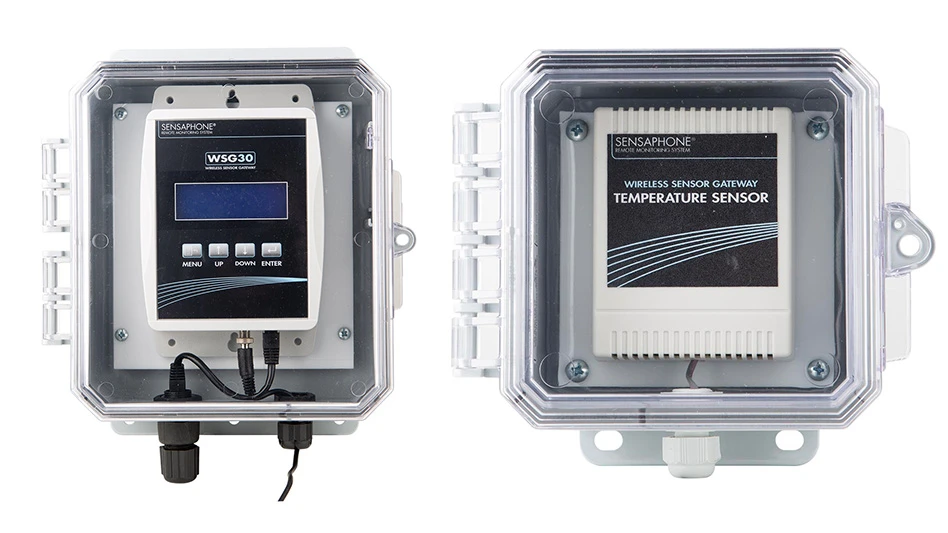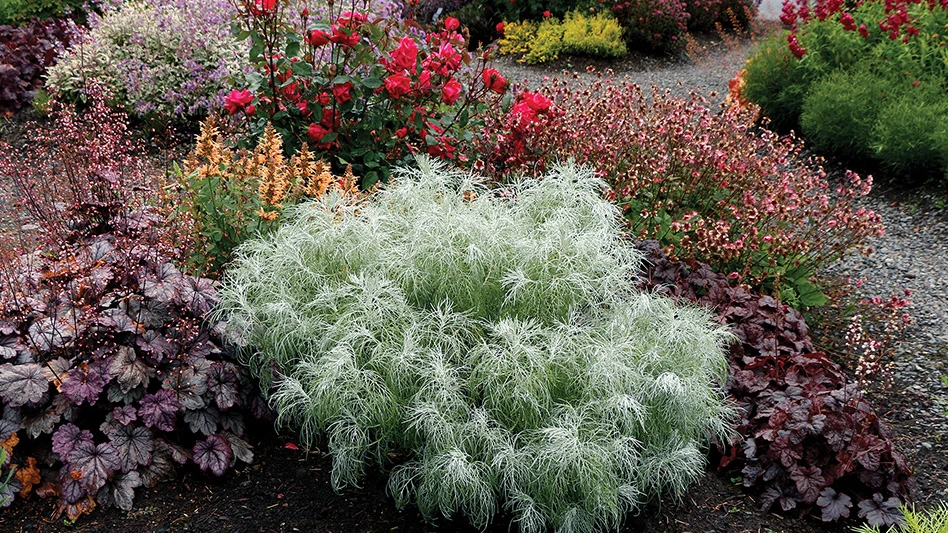 Pythium root rot is very common in the winter months when conditions can vary, making application of the optimal amount of water hard to do. Over-watering leads to root damage and can be the entry for Pythium.
Pythium root rot is very common in the winter months when conditions can vary, making application of the optimal amount of water hard to do. Over-watering leads to root damage and can be the entry for Pythium.
Pythium root rot symptoms
Tip burn, wilt, loss of lower leaves and chlorosis (especially of older leaves) are each symptoms of root rot. It is not possible to guess that Pythium is involved by the fact that the outer core of the root may pull easily away and leave the central core hanging. This may be a sign of root rot in general but it does not mean that Pythium and Pythium alone is the cause of a root rot.
Common species of Pythium
There are quite a few species of Pythium that are isolated from ornamentals. Margery Daughtrey of Cornell University's Long Island Horticultural Research Center found the most common include P. irregulare/P. crypto-irregulare, which are nearly always pathogenic, P. aphanidermatum and P. ultimum are pathogenic, and several others that were not pathogens. Although Pythium spp. can react to fungicides differently, not all labs identify Pythium to the species level, and you may have to rely on cultural and broad-spectrum products.
Chemical control
One of the first fungicides available for Pythium control on ornamentals was etridiazole (Terrazole, Truban and Banrot). Overall Terrazole 35W gives very good to excellent control when used at least 6 oz/100 gal on less than a 28-day interval. Etridiazole fungicides have been used for more than 30 years with no resistance reported.
Our trials during the past 15 years with phosphonates showed very consistent and sometimes excellent control of Phytophthora (poinsettia, spathiphyllum, gerber daisy, calibrachoa, snapdragon, pothos, verbena and vinca), but the results were far from consistent for Pythium. Trials on geranium, snapdragon, lily, pansy, ranunculus, wax begonia and lisianthus were anywhere from no control (60 percent of the trials) to very good control (25 percent of the trials). The products in some of these trials included: Aliette, Alude, Biophos, Nutri-phyte and Vital. My overall conclusion is that use of phosphonates is a very good idea when Phytophthora is the target, but not necessarily a good choice for Pythium control.
One of the most popular fungicides for Pythium control remains Subdue MAXX. This fungicide is exceptionally effective most of the time and does have the ability under some circumstances to "cure" a Pythium infection. The exclusive use of Subdue MAXX has led to development of some resistant populations of Pythium. The best way to avoid development of resistance and subsequent losses due to Pythium diseases is to rotate products.
New chemistries for Pythium
Some of the newest fungicides labeled for Pythium control are cyazofamid (Segway), fenamidone (FenStop) and fluopicolide (Adorn). FenStop has performed well in our trials at rates of 4-14 oz/100 gal, but be sure to check the label for legal use rates. Lower rates on smaller plants appear to be more effective. Segway has performed very well when tested at rates from 1.5 to 3.5 oz/100 gal with the least chances of phytotoxicity. Adorn is labeled for Pythium, but according to the label, must be applied in a tank mix with another product for Pythium. This is an example of a product that has been shown to be effective on some Pythium species but not others.
Have a question? You can write A.R. Chase at archase@chaseresearch.net.

Explore the January 2012 Issue
Check out more from this issue and find your next story to read.
Latest from Greenhouse Management
- Meet the All-America Selections AAS winners for 2025
- AmericanHort accepting applications for HortScholars program at Cultivate'25
- BioWorks hires Curt Granger as business development manager for specialty agriculture
- 2025 Farwest Show booth applications now open
- Bug budget boom
- Don’t overlook the label
- Hurricane Helene: Florida agricultural production losses top $40M, UF economists estimate
- No shelter!





